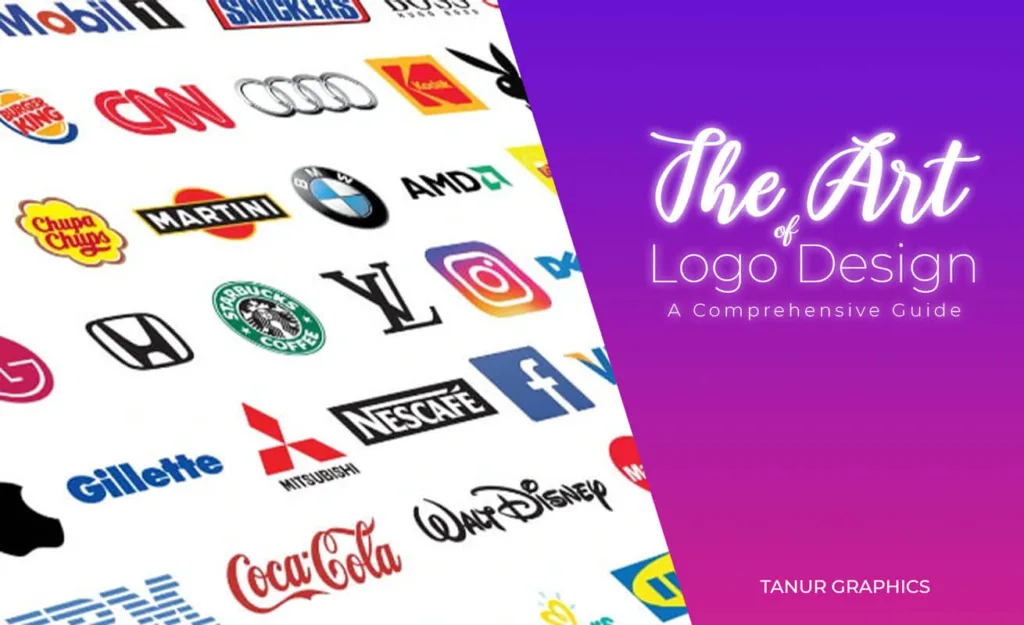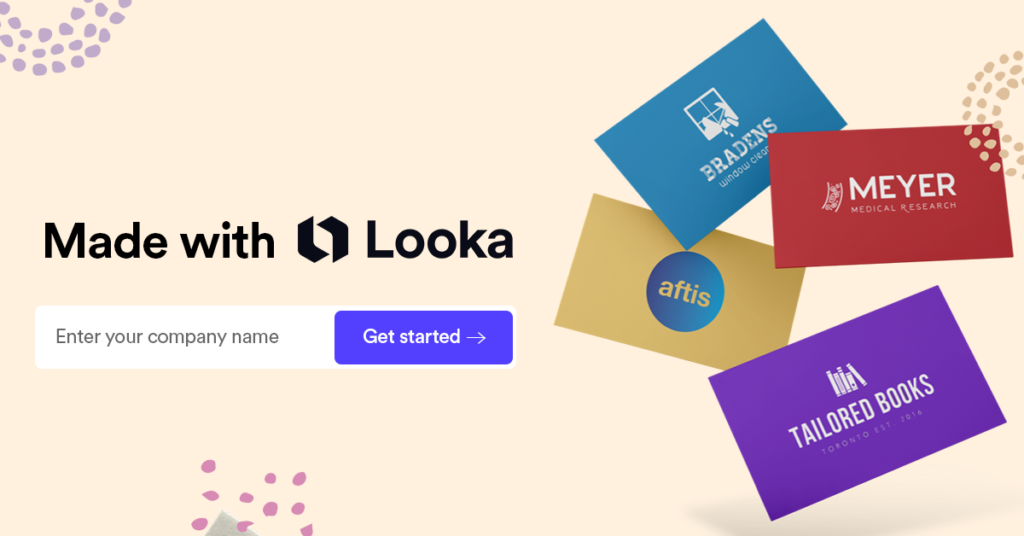Need a Customised Project
We are excited to hear about your project and ready to help bring your ideas to life. Get in touch with us to discuss your vision and how we can assist you in achieving your goals. Let’s start your project together!
Home » Learn What We Think » The Art of Logo Design: A Comprehensive Guide

Logo design is an essential aspect of building a strong brand identity and leaving a lasting impression on customers. A well-crafted logo serves as the visual representation of a brand’s essence, values, and personality. In this comprehensive guide, we will dive deep into the process of logo design, discussing crucial factors to consider, exploring popular trends, and understanding the immense importance of logos in brand identity.
Logos are the face of a brand, the first thing that customers encounter. They act as a gateway to evoke emotions, establish credibility, and build a sense of recognition. As entrepreneur Jeff Bezos once said,
Your brand is what other people say about you when you’re not in the room.
Entrepreneur Jeff Bezos
A powerful logo can communicate a brand’s message with just a glance, creating a lasting impression in the minds of consumers. It is the foundation upon which the entire brand identity is built.
Creating a compelling logo involves several crucial steps:
Read this Article: How to Create Your Own Custom Logo Design: A Comprehensive Guide
The advent of artificial intelligence has revolutionized the world of logo design. AI-powered tools can generate logo concepts based on input parameters, significantly speeding up the design process. These tools analyze the brand’s personality, industry, and target audience to create tailor-made logos that resonate with the brand’s identity.
If you want to explore the possibilities of AI logo design, consider checking out our product “Create a Logo Design for Your Brand – Money-Back Guarantee!” With this innovative service, you can harness the power of AI to get a logo that perfectly represents your brand in no time.
Logos come in various types, each serving a specific purpose:
To illustrate the logo design process, let’s explore a real-life case study for the company 99 Designs, a popular graphic design platform.

A well-designed logo can significantly impact a brand’s success. Take, for instance, the iconic “Golden Arches” of McDonald’s or the swoosh of Nike. These logos have become synonymous with the brands themselves, evoking instant recognition and brand loyalty.
The Nike logo, known as the “Swoosh,” was designed by graphic designer Carolyn Davidson in 1971 for a mere $35. Over the years, it has become one of the most recognized logos globally, representing the brand’s spirit of athleticism, movement, and excellence.
While the allure of free logo design services may seem enticing, it’s essential to consider the pros and cons:
For businesses seeking a professional, unique, and high-quality logo, investing in a custom logo design service is the best option.

The future of logo design lies in the realm of artificial intelligence and technology. AI-powered design tools are becoming increasingly sophisticated, allowing designers to generate creative logo concepts efficiently.
AI can analyze vast databases of existing logos and design trends, ensuring that new logos are unique and on-trend. Furthermore, AI enables designers to experiment with various color palettes, fonts, and shapes, streamlining the design process.
While AI is revolutionizing logo design, human creativity and expertise will continue to be essential. The ability to understand the brand’s values and create emotionally compelling designs cannot be replicated by machines.
In conclusion, the art of logo design goes beyond creating visually appealing graphics. It involves strategic thinking, understanding the brand’s essence, and making a lasting impact on consumers’ minds. A well-designed logo is the foundation of a brand’s identity and plays a crucial role in building trust and recognition.
As you delve deeper into the world of logo design, explore the next blog post about Free Logo Design. Additionally, if you’re ready to build your website and establish your brand presence, consider checking out Namecheap – a reliable domain registrar and web hosting provider.
Remember, a well-crafted logo speaks volumes about your brand and sets you apart from the competition. Invest in professional logo design services or harness the power of AI with Create a Logo Design for Your Brand – Money-Back Guarantee! to create a logo that truly represents your brand’s unique identity.
“The success of a logo lies in its ability to tell a story about the brand it represents.”
– Paul Rand.
We are excited to hear about your project and ready to help bring your ideas to life. Get in touch with us to discuss your vision and how we can assist you in achieving your goals. Let’s start your project together!
Tanur Graphics is a dynamic graphic design studio founded by Arifur Rahman Tanu. With over 10 years of experience, we specialize in branding, packaging, and web design.
Tanur Graphics is a dynamic graphic design studio founded by Arifur Rahman Tanu. With over 10 years of experience, we specialize in branding, packaging, and web design. Contact us to bring your vision to life.